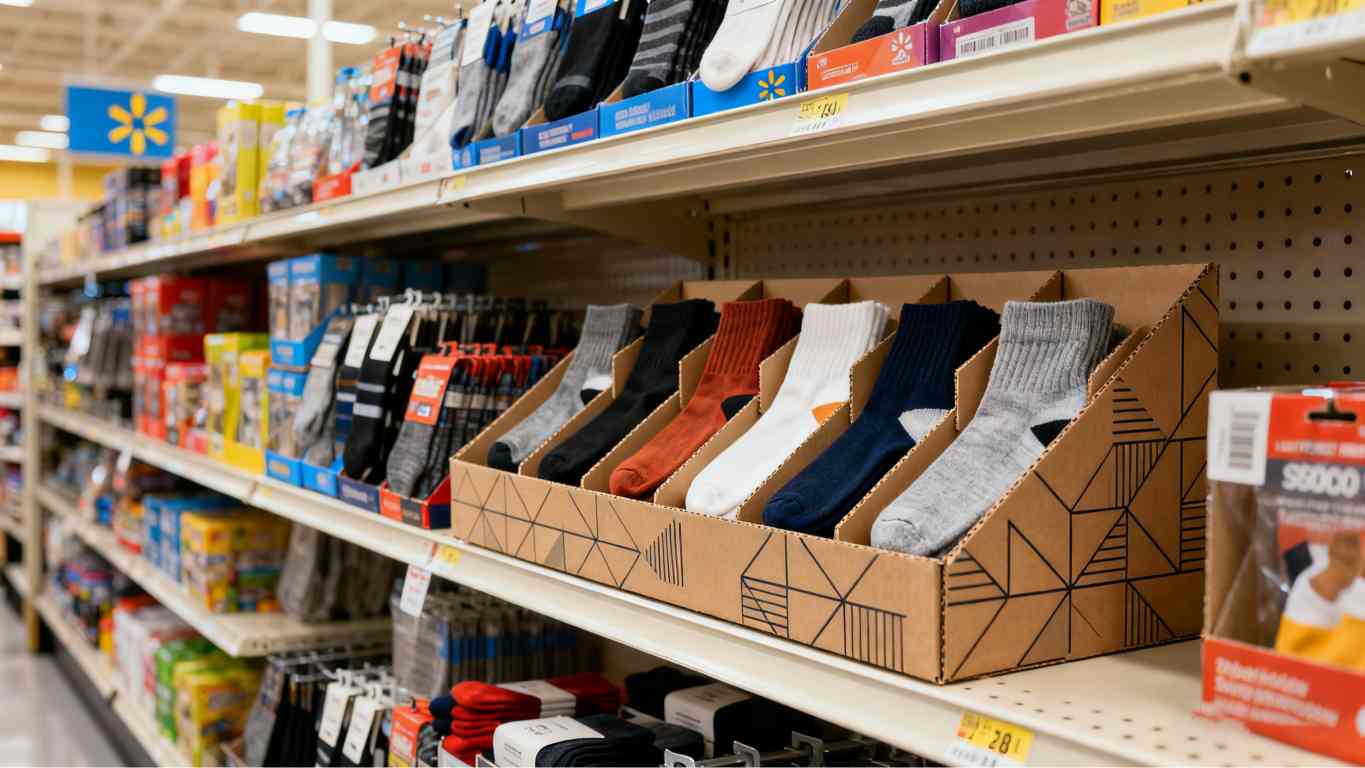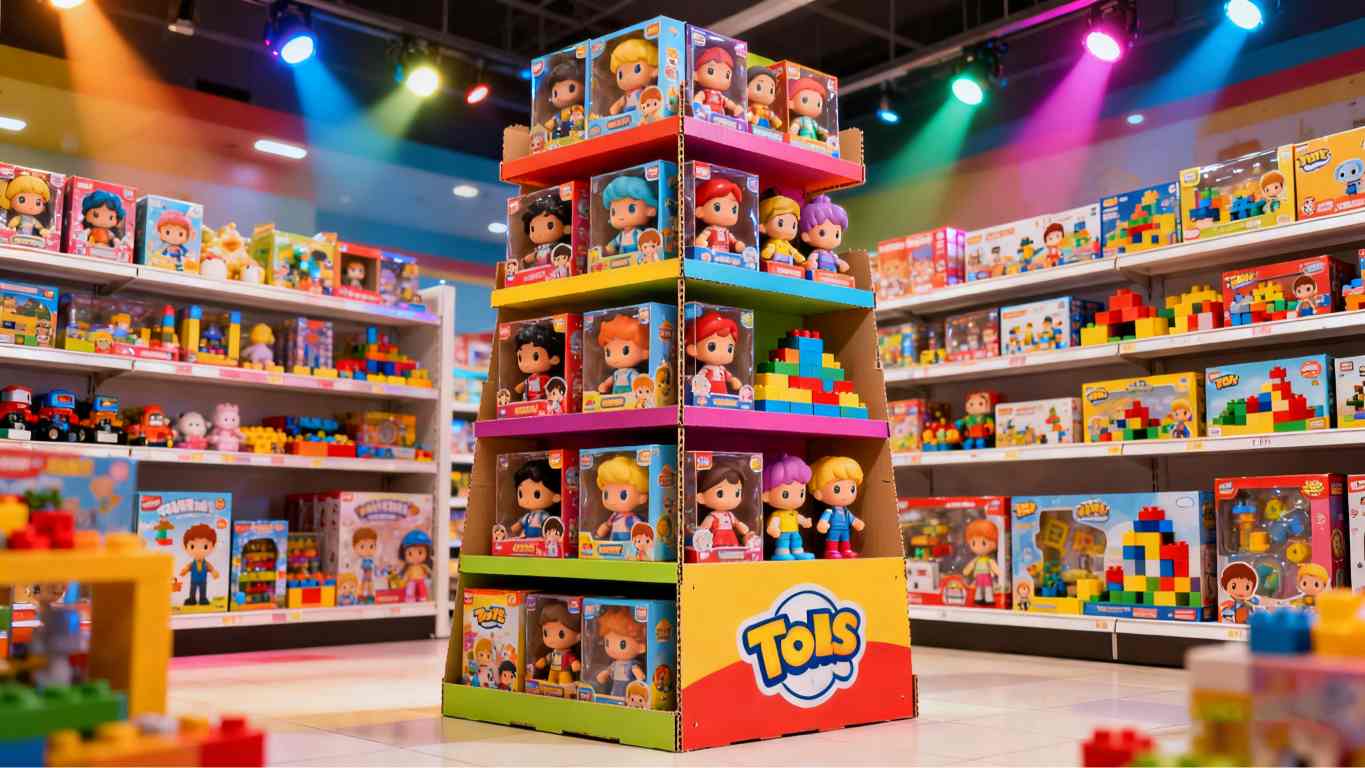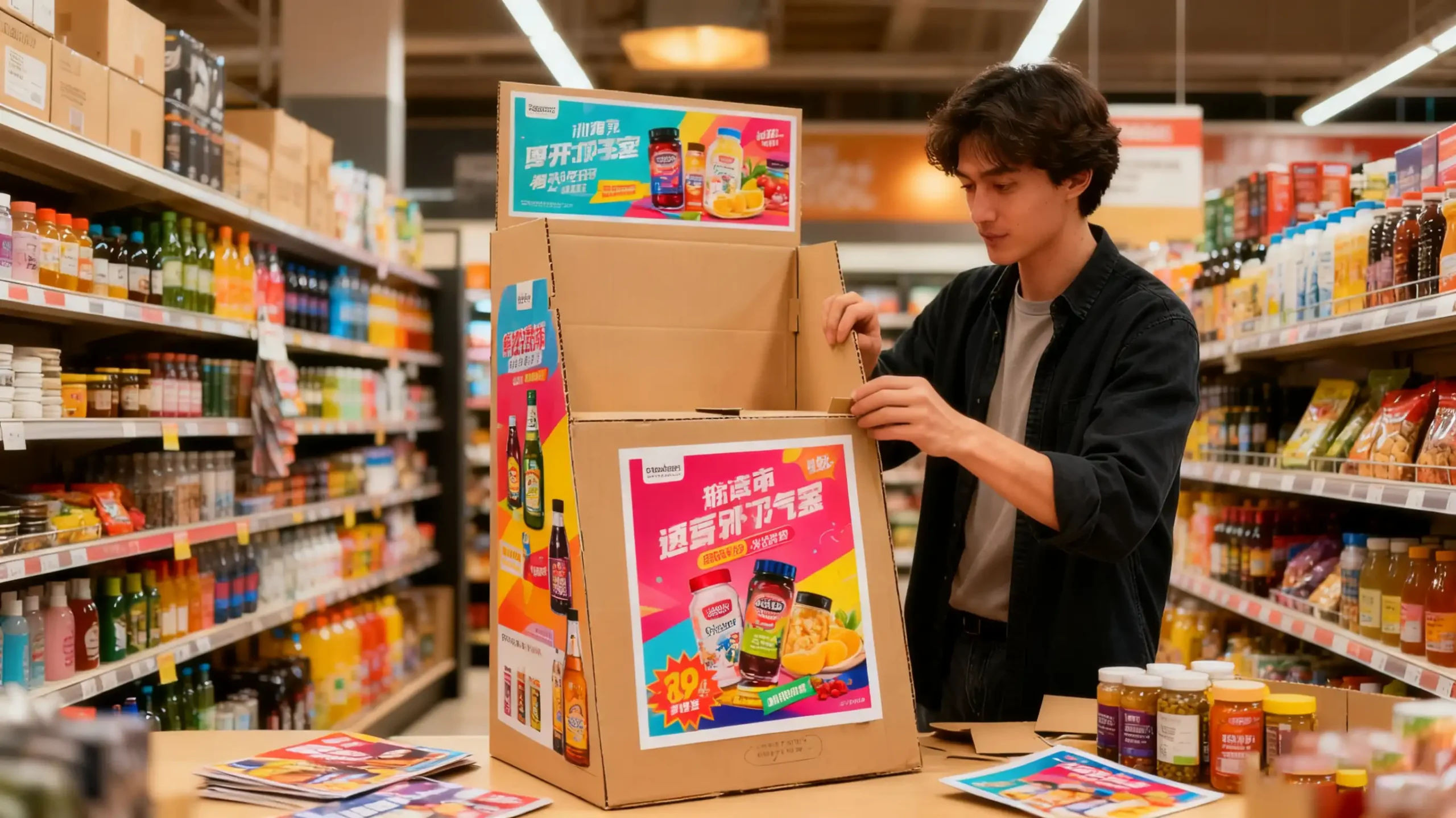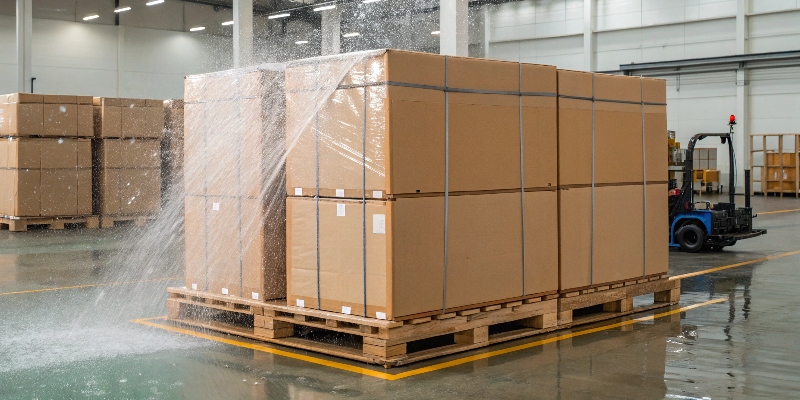Your sidekick display graphics look dull and fail to grab attention. Choosing the right printing technique is crucial to make your product pop and drive sales in a crowded retail space.
For truly high-impact, photo-quality graphics on sidekick displays, litho-lamination is the premium choice. Digital printing offers excellent flexibility and quality for smaller or custom runs, while flexography is the most cost-effective option for simple, large-scale production with basic graphics.
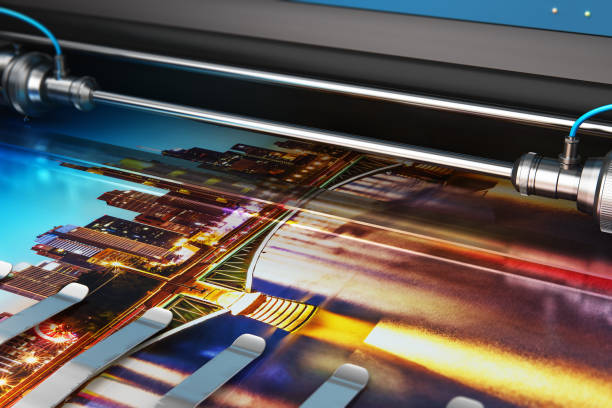
That's the quick answer. But I know from 16 years in this business that the details make all the difference. As a designer, you need to know the specific strengths, costs, and ideal uses for each method. Let's break down which printing technique is the perfect match for your next project.
How does litho-lamination create premium, photo-quality graphics?
Your high-end product looks out of place in a display with mediocre graphics. A cheap-looking print can damage your brand's premium image and turn off potential buyers before they engage.
Litho-lamination works by first printing your design in high resolution onto a separate paper sheet. This printed sheet is then laminated onto the corrugated board, resulting in vibrant, photo-realistic graphics that rival the quality of a magazine cover, justifying a premium price point for your display.
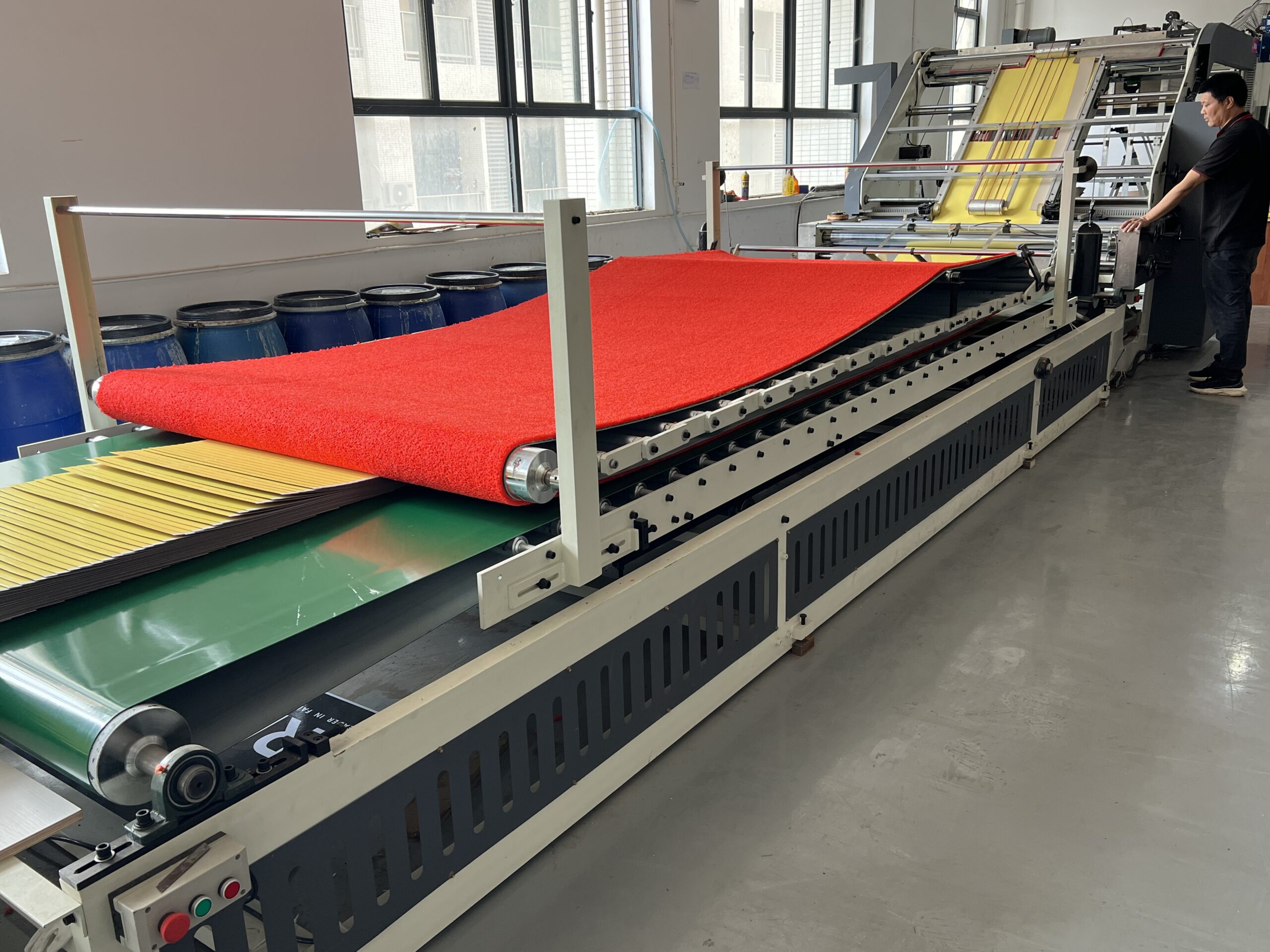
I always recommend litho-lamination when a client needs their sidekick display to scream quality. Think of it as a two-step process. First, we print the artwork on a coated paper stock using an offset press, the same kind used for high-end magazines. This allows for incredible color accuracy, sharp details, and a smooth finish. Then, we use a special adhesive to mount this printed sheet, or "litho label," onto the structural corrugated cardboard. This process completely hides the flutes of the cardboard, giving you a flawless, premium surface.
When is Litho-Lamination the Best Choice?
Litho-lamination is the go-to for visual-heavy campaigns. If your packaging features detailed photography, complex gradients, or specific brand colors that must be matched precisely (using Pantone colors), this method delivers.
| Feature | Litho-Lamination | Best For |
|---|---|---|
| Quality | Photo-realistic, premium | Brands with detailed imagery (e.g., cosmetics, electronics). |
| Color | Superior color matching (CMYK + Pantone) | Strict brand guidelines requiring precise color accuracy. |
| Cost | Higher initial setup cost | Medium to large production runs (500+ units is ideal). |
| Finish | Smooth, high-end feel | Creating a perception of luxury and high value. |
The main trade-off is cost and lead time. The initial setup for printing plates is more expensive, so it's not very economical for small runs. But for larger orders, the per-unit cost becomes very competitive, and the visual impact is unmatched.
Is digital printing a good choice for smaller, custom sidekick display runs?
You have a fantastic design idea for a limited-edition sidekick display. But the high setup costs of traditional printing make a small production run seem financially impossible, stifling your creative marketing.
Yes, digital printing is the perfect solution for smaller, custom runs. It prints directly onto the cardboard, eliminating the need for printing plates. This drastically reduces setup costs and time, making it ideal for prototypes, test markets, or personalized campaigns.

In my experience, digital printing has been a game-changer, especially for clients who need speed and flexibility. I remember a project where a client wanted to test three different graphic designs in a dozen stores each. With traditional methods, this would have been a financial and logistical nightmare. With digital, we produced all the variations in a single run without any extra plate costs. It's a direct-to-corrugate process, much like your office inkjet printer but on an industrial scale.
Weighing the Pros and Cons of Digital
The technology has improved so much that the quality can be stunning, nearly matching litho-lamination for many applications. It excels at producing vibrant colors and good detail.
| Aspect | Digital Printing | Best For |
|---|---|---|
| Setup Cost | Very low to none | Short runs, prototypes, and market tests. |
| Speed | Fastest turnaround time | Time-sensitive promotions and urgent orders. |
| Customization | Excellent for variable data | Campaigns tailored to specific regions, stores, or events. |
| Quality | High quality, near-litho | Most applications, though may show slight banding on large solids. |
The primary consideration is the per-unit cost on large runs. Since there are no plates to spread the cost over, the price per display remains relatively constant. This makes it less economical than litho or flexo for orders in the thousands. However, for anything from a single prototype up to a few hundred units, digital printing offers incredible value and creative freedom.
What about flexography for simple, large-scale sidekick display projects?
You need ten thousand sidekick displays with just your logo and a simple call to action. Paying for full-color, photo-quality printing feels like a huge waste of budget for such a basic design.
Flexography is the ideal printing method for simple graphics on large-scale projects. It uses flexible rubber plates to apply ink, making it extremely fast and cost-effective for one or two-color designs. It is the most economical choice for massive production runs.
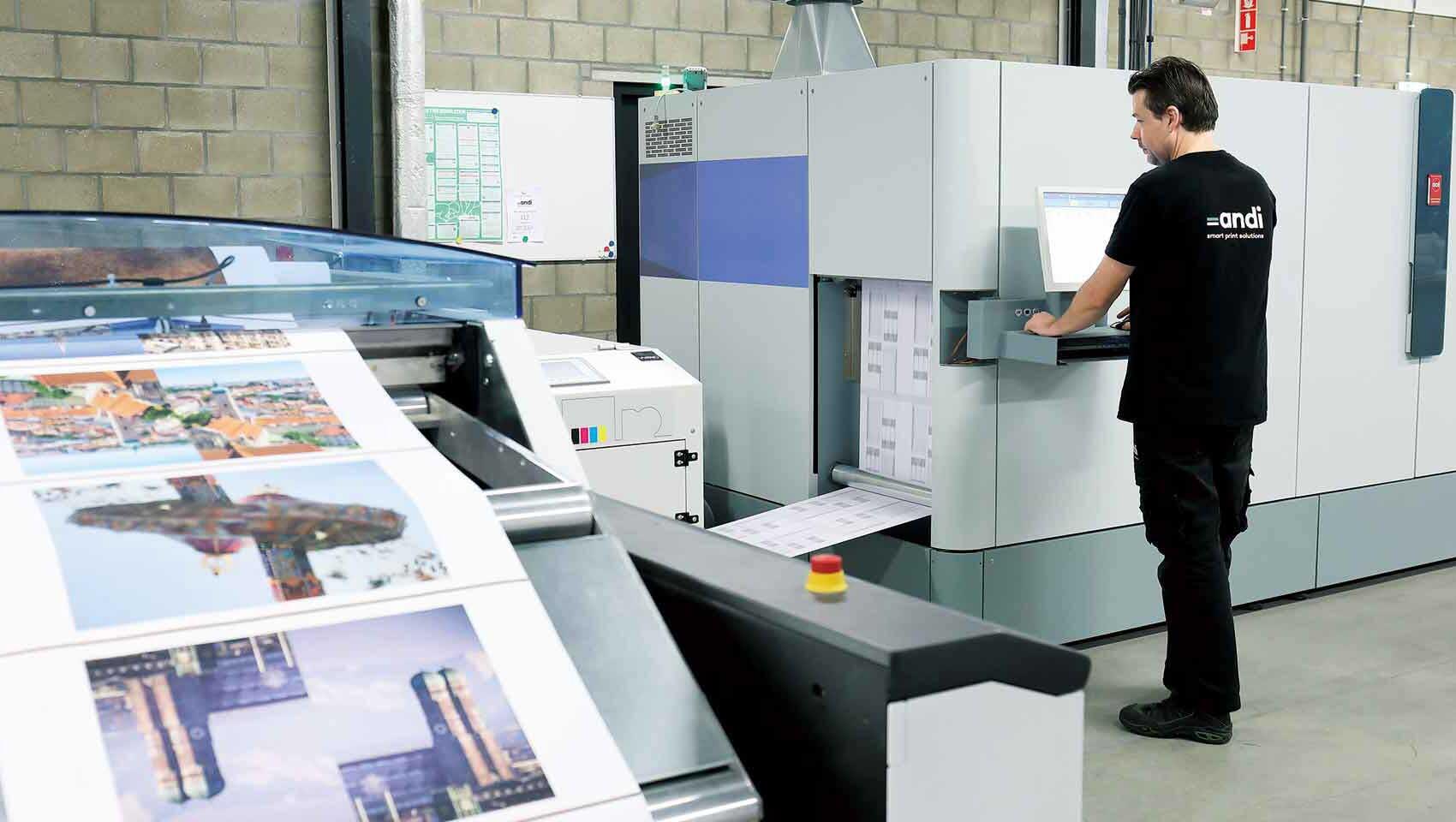
I often explain flexography to clients by comparing it to a highly advanced rubber stamp. We create a flexible printing plate for each color in the design. These plates are then mounted on cylinders that roll the ink directly onto the corrugated board at very high speeds. While it might sound basic, it's an incredibly efficient and reliable method. I've used it countless times for clients who just need their brand color and logo consistently applied across thousands of displays. The goal isn't a photorealistic image; it's clean, simple, and effective brand recognition at the lowest possible cost per unit.
When Simplicity and Scale are Key
Flexo is the workhorse of the corrugated industry for a reason. Its strength lies in its simplicity and efficiency. It is not the right choice for complex, full-color images.
| Consideration | Flexography | Best For |
|---|---|---|
| Graphics | Best for simple text and logos | Designs with 1-3 solid spot colors. |
| Cost | Lowest per-unit cost on large runs | Budget-focused, high-volume projects (5000+ units). |
| Speed | Very high-speed production | Projects where speed and volume are the top priorities. |
| Substrate | Prints directly on uncoated board | Simple, rustic, or eco-friendly display aesthetics. |
The main limitation is the level of detail. Fine text or intricate patterns can be challenging to reproduce cleanly, and full-color photographic images are not possible. But when your design is straightforward and your production volume is high, flexography provides unbeatable value and gets the job done efficiently.
Conclusion
Choosing the right printing method is key to your sidekick display's success. Use litho-lamination for premium quality, digital for flexibility, and flexography for large-scale, simple designs to maximize impact.



